Rising Demand for Perishable Goods
The increasing consumption of perishable goods, such as fruits, vegetables, dairy products, and pharmaceuticals, is a primary driver for the Road Transport Refrigeration Equipment Market. As consumers become more health-conscious, the demand for fresh and organic products rises. This trend necessitates efficient transportation solutions to maintain product quality during transit. According to industry reports, the market for refrigerated transport is projected to grow at a compound annual growth rate of approximately 5.5% over the next few years. This growth is indicative of the expanding logistics sector, which is increasingly focused on temperature-controlled transport to meet consumer expectations.
Regulatory Compliance and Food Safety Standards
Stringent regulations regarding food safety and quality are compelling businesses to invest in advanced refrigeration solutions. The Road Transport Refrigeration Equipment Market is significantly influenced by compliance with health and safety standards set by various authorities. These regulations mandate that perishable goods be transported under specific temperature conditions to prevent spoilage and contamination. As a result, companies are likely to upgrade their refrigeration systems to adhere to these standards, thereby driving market growth. The emphasis on traceability and accountability in the supply chain further reinforces the need for reliable refrigeration equipment.
Growth of E-commerce and Online Grocery Delivery
The rapid expansion of e-commerce, particularly in the grocery sector, is significantly impacting the Road Transport Refrigeration Equipment Market. As more consumers opt for online grocery shopping, the demand for efficient and reliable refrigerated transport solutions is surging. This trend is likely to continue as convenience becomes a priority for consumers. E-commerce platforms are investing in their logistics capabilities to ensure timely delivery of perishable goods, which necessitates advanced refrigeration systems. The market for refrigerated transport is expected to see a substantial increase in demand as online grocery sales continue to rise.
Technological Innovations in Refrigeration Systems
Technological advancements in refrigeration systems are transforming the Road Transport Refrigeration Equipment Market. Innovations such as IoT-enabled temperature monitoring, energy-efficient compressors, and advanced insulation materials are enhancing the performance and reliability of refrigeration units. These technologies not only improve energy efficiency but also reduce operational costs for logistics providers. The integration of smart technologies allows for real-time tracking and monitoring of temperature-sensitive shipments, which is becoming increasingly essential in the competitive logistics landscape. As these technologies continue to evolve, they are expected to drive further investment in refrigeration equipment.
Increasing Focus on Sustainability and Energy Efficiency
The growing emphasis on sustainability is driving innovation within the Road Transport Refrigeration Equipment Market. Companies are increasingly seeking energy-efficient refrigeration solutions to reduce their carbon footprint and comply with environmental regulations. The adoption of eco-friendly refrigerants and energy-efficient technologies is becoming a priority for logistics providers. This shift not only aligns with corporate sustainability goals but also appeals to environmentally conscious consumers. As businesses strive to enhance their sustainability practices, the demand for advanced refrigeration equipment that minimizes environmental impact is likely to grow.


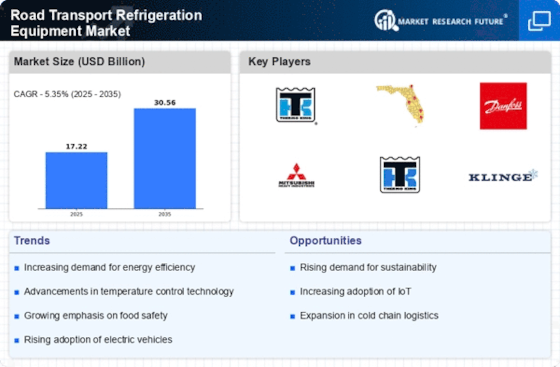
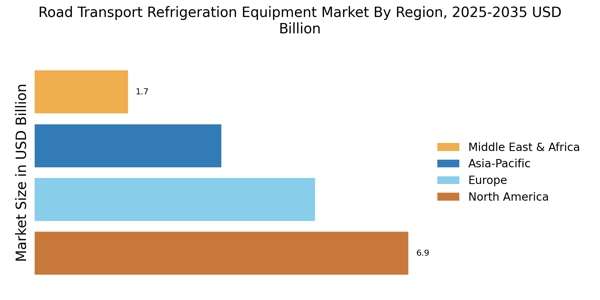
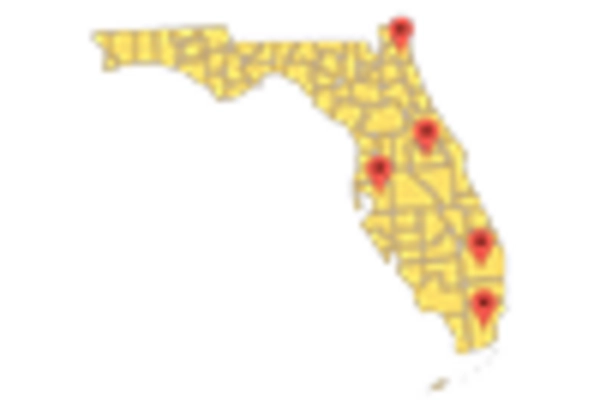
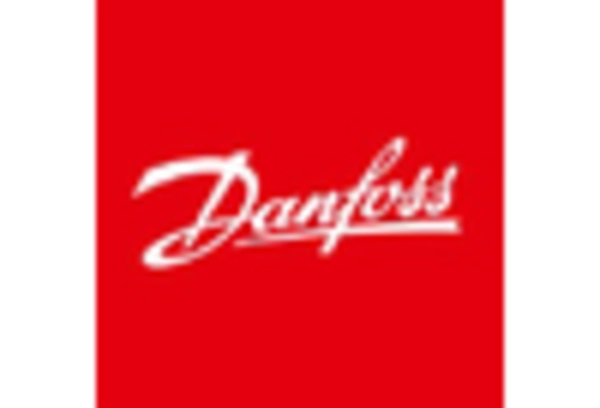
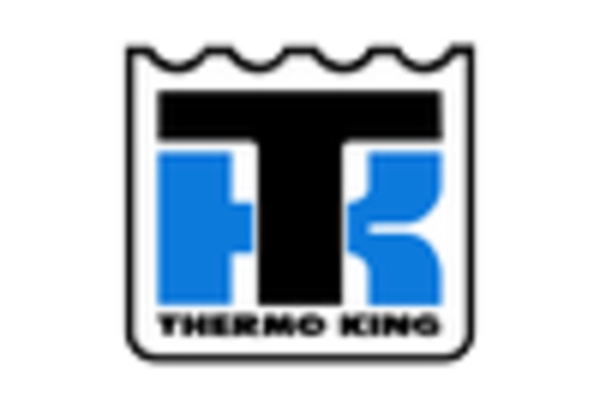
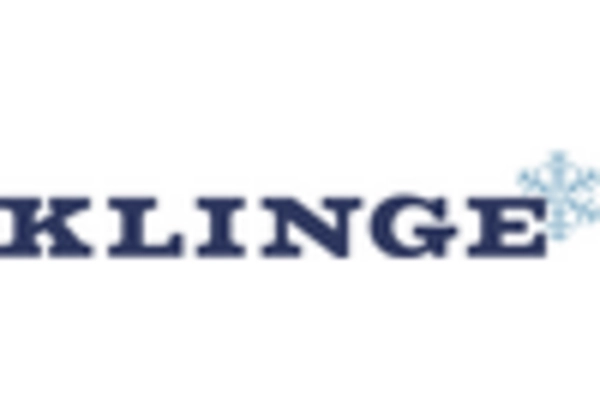
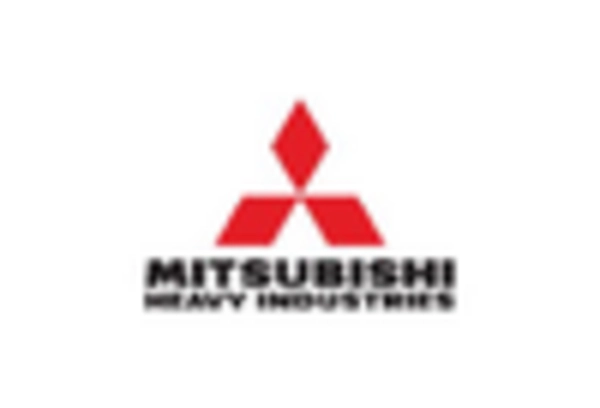
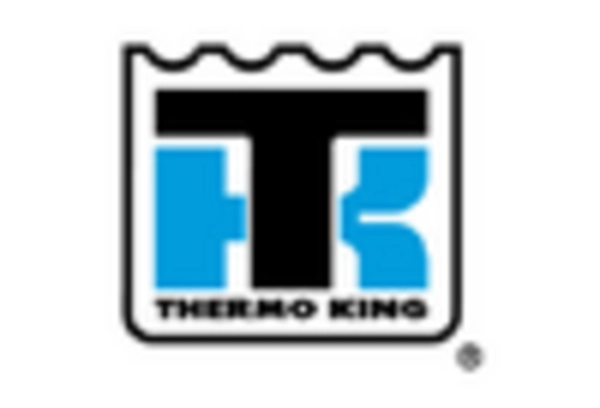








Leave a Comment